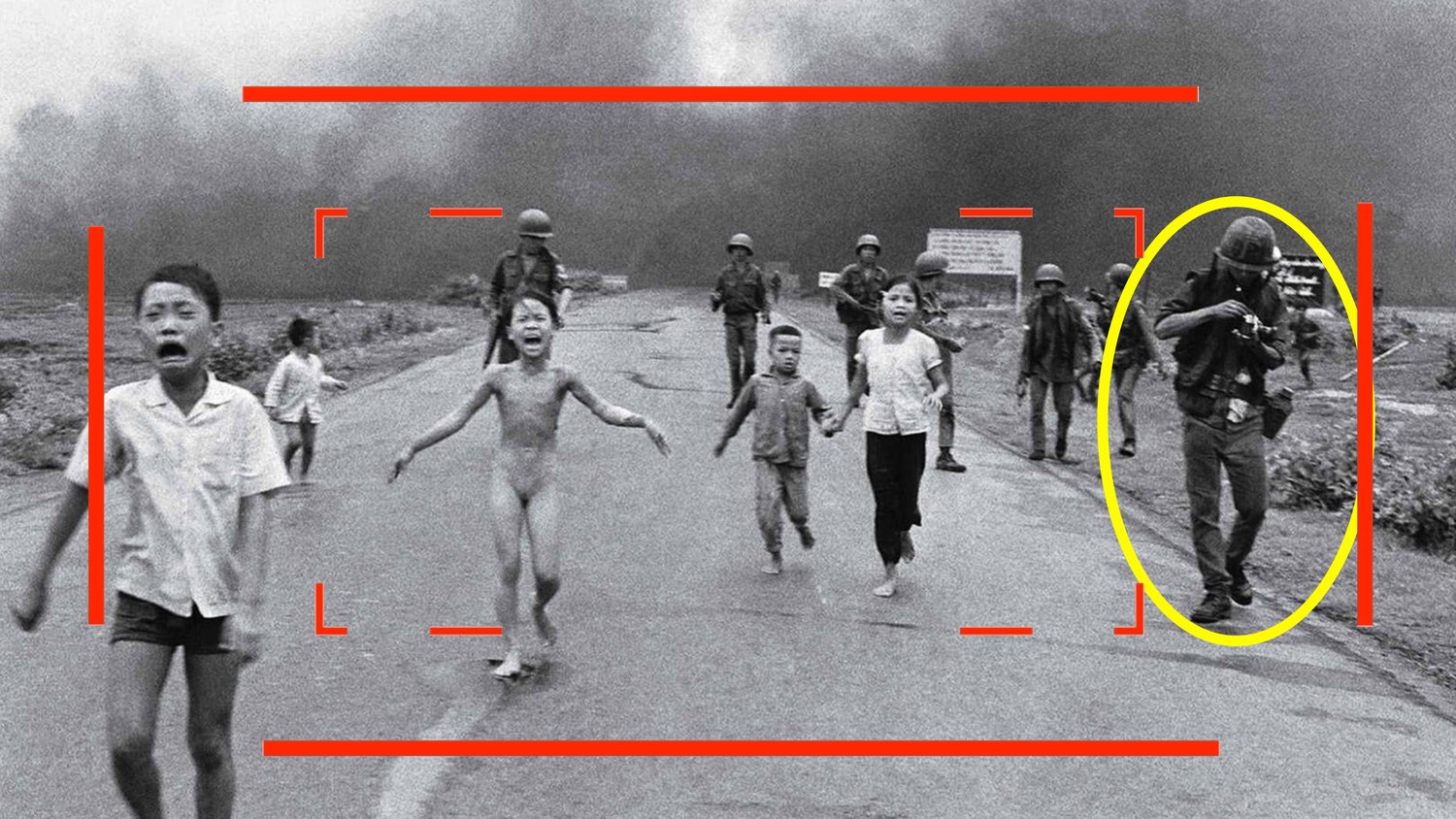I searched for every occurrence of "Negative" in the article. What was NOT stated is "This is the original negative of the award winning photograph".
"The following photos of the children are AP’s. They are adjoining frames from a single film negative strip."
It was difficult to know if this meant the original negative of the award winning photo, or was it taken at about the same time and angle, or was it a copy of the original negative.
"The AP archive holds 84 negatives from at least 7 rolls of film credited to Nick Ut and shot that day around Trang Bang. Many of his negatives were not preserved, lost in the fall of Saigon or destroyed."
"Negative analysis
At the beginning of its investigation, AP examined the 84 negatives from the day kept in its physical photo archive.
Using visual characteristics of the edges, corners and artifacts within the frames, they were grouped together showing they came from a total of four cameras.
Only four frames by AP of Kim Phuc with her family were identified, and they were shot using two different cameras. The remaining photos from that day were shot using two other cameras."



